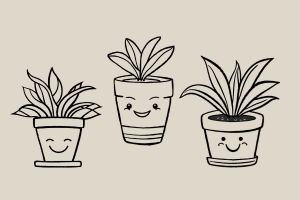
Eliminate Fungus Gnats from Indoor Plants: Effective Methods
Understanding Fungus Gnats
Fungus gnats are small, flying insects that thrive in moist soil. They lay eggs in the soil, and the larvae feed on organic matter, often causing damage to plant roots. Identifying these pests early is crucial to prevent infestations.
Natural Remedies for Fungus Gnat Control
1. Neem Oil: Dilute neem oil in water and apply it to the soil to disrupt the life cycle of fungus gnats.
2. Sticky Traps: Place yellow sticky traps near your plants to capture adult fungus gnats and reduce their population.
3. Cinnamon Powder: Sprinkle cinnamon on the soil surface to deter fungus gnat larvae from feeding.
Cultural Practices to Prevent Fungus Gnats
1. Allow Soil to Dry: Avoid overwatering your plants as fungus gnats thrive in moist conditions. Let the top layer of soil dry out between waterings.
2. Use Well-Draining Soil: Plant your indoor plants in well-draining soil to prevent water accumulation.
3. Remove Debris: Clean up fallen leaves and organic matter from the soil surface to eliminate breeding sites for fungus gnats.
Chemical Treatments for Severe Infestations
In cases of severe fungus gnat infestations, you may consider using commercial insecticides. Follow the instructions carefully and ensure the product is safe for indoor plants.
Maintaining a Fungus Gnat-Free Environment
Regularly inspect your plants for signs of fungus gnats and take prompt action to prevent widespread infestations. By incorporating these preventive measures and control methods, you can effectively manage fungus gnats in your indoor garden.